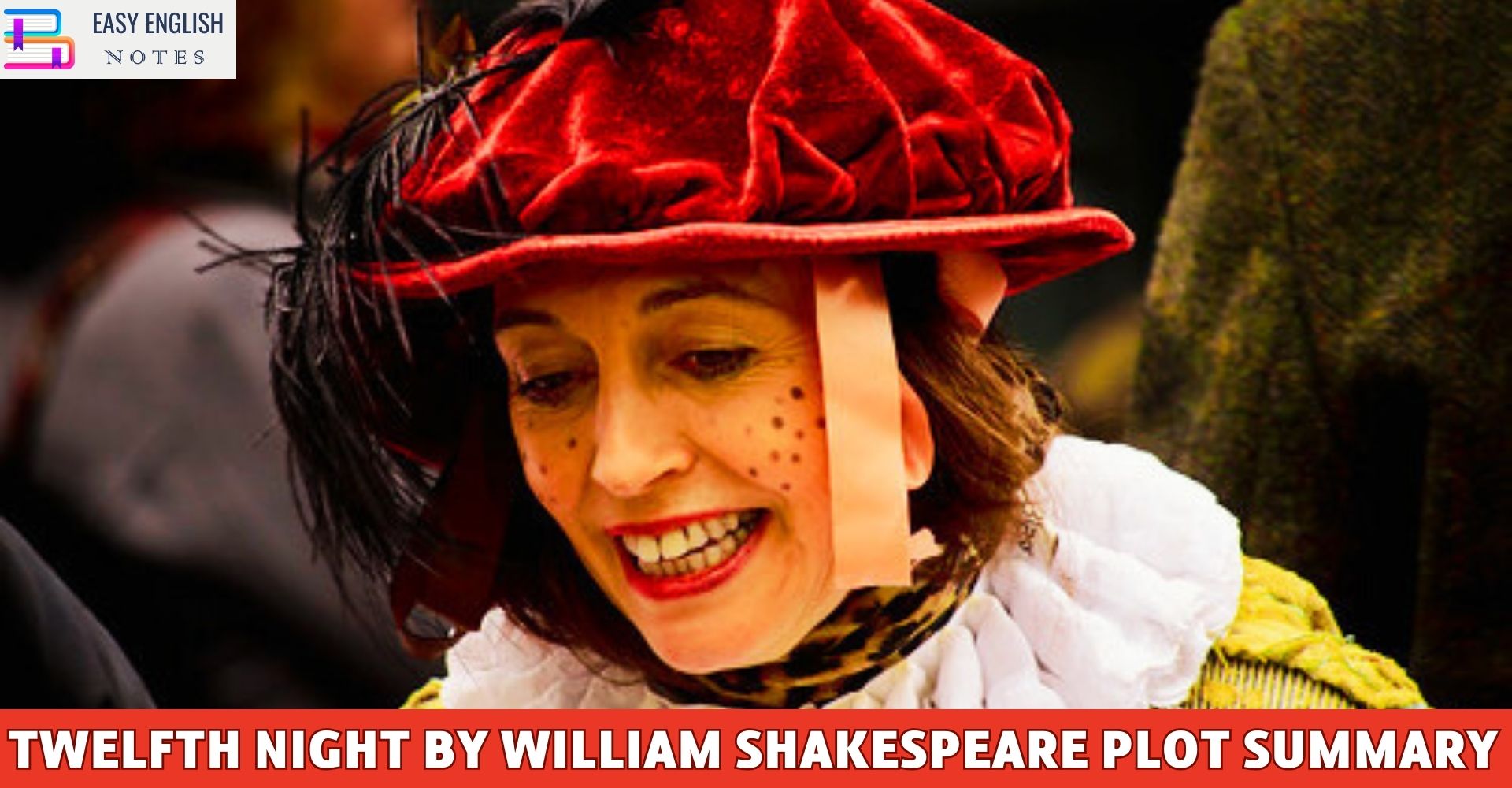In this remarkable drama, Shakespeare skillfully imitated life, deviating from the laws and principles of conventional drama. His comedies, for instance, seamlessly transition from comedy to tragedy, and his narratives extend beyond the confines of a single set of characters. This departure from convention reflects the reality that no segment of society can exist in complete isolation from others. Thus, Shakespeare incorporated multiple plots in his plays, where the fate of one group of characters in the main plot is influenced, if not controlled, by the actions and experiences of a second group in the underplot.
“Twelfth Night” encompasses two distinct stories that encompass contrasting elements of romance and comedy, making it a romantic comedy that skillfully blends these two genres. The main plot revolves around the romantic entanglements of Olivia, Viola, Orsino, and Sebastian, filled with yearning, serenades, and passionate declarations of love. On the other hand, the subplot is a highly comedic one, centered around the mocking and scheming against Malvolio by characters such as Maria and Sir Toby.
For the play to remain cohesive, the main plot and the underplot must serve as foils to each other while being intricately intertwined. In “Twelfth Night,” these two plots are seamlessly interwoven. The Clown and Maria serve as crucial links, effortlessly navigating between Orsino, Olivia, Sir Toby, and their associates. Viola herself becomes entangled in both plots, playing a pivotal role as a connective thread. However, Olivia emerges as the most significant link between the two plots, as her character is further developed through the underplot. Her unrequited love for Cesario (Viola) becomes a catalyst for Sir Toby and Maria to torment Malvolio. This preoccupation with love causes Olivia to momentarily neglect Malvolio’s well-being, entrusting it to Sir Toby. The duel between Sir Andrew and Cesario, orchestrated by Sir Toby, also serves as a connection between the two plots. This duel nearly forces Viola to abandon her disguise, leading to mistaken identity and ultimately culminating in Olivia’s marriage to Sebastian. The main plot, therefore, relies on the underplot in multiple ways. Without Olivia’s love for Cesario, the mocking and punishment of Malvolio would not have been possible, and the underplot becomes instrumental in resolving the main plot in a natural and satisfying manner.
Contrast is a fundamental principle of Shakespearean dramas, and the main plot and subplot of “Twelfth Night” serve as a foil to each other. The play seamlessly intertwines comical and serious scenes, mirroring the ebb and flow of real life. Additionally, there is parallelism in the characterization. For instance, Orsino’s theatrical and sentimental love contrasts with Olivia’s sentimental grief and Malvolio’s self-centered vanity. Furthermore, three fools in the play are contrasted with one another.
Also Read :
- Compare Hamlet with Macbeth, Othello and other Tragedies
- “The Pardoner’s Tale” is the finest tale of Chaucer
- Prologue to Canterbury Tales – (Short Ques & Ans)
- Confessional Poetry – Definition & meaning
The central character of the play is Viola, around whom almost every other character revolves. She serves as the protagonist of the main plot. In the underplot, Malvolio takes on an important role, with the subplot focusing on the mocking of his character. By interweaving the main plot with the underplot, Shakespeare creates a more authentic representation of life.
Ruskin’s observation about Shakespeare’s romantic comedies holds true for “Twelfth Night.” The male characters in the play are imperfect and lack heroic qualities, while Shakespeare seeks to achieve a perfect balance of character and heroism in the female characters. The prominence of Viola as the queen of comedy in “Twelfth Night” is not a mere coincidence. She alone possesses the ability to bring happiness to the world, which is the underlying theme of the play. The entire play revolves around Viola, and even characters like Olivia and Maria exhibit more heroic traits than their male counterparts, particularly in comparison to Viola, who dominates the entire narrative. Viola displays resolution, courage, resourcefulness, and heroism, especially when she is left vulnerable after the shipwreck. The other characters’ interest in the play stems from their connection to Viola. Her character provides the unbreakable link that ties all the elements together, as love taught her how to love and in turn, she teaches Orsino and Olivia. Without Viola, it is unimaginable how the comedy could unfold, as she is the driving force behind it. By the end, when her true identity is revealed, Viola’s happiness becomes intertwined with the happiness of others.
Examining the claim of various characters to possess heroic qualities, we find that Duke Orsino is a flawed and self-indulgent character, undeserving of Viola’s love. His sole claim to being the hero of the play rests on his eventual marriage to the heroine. When Olivia confronts him about the possibility of his love for her, he reacts with sudden and foolish anger, displaying an unheroic temperament. Sebastian, too, is helpless and disoriented after the shipwreck, lacking heroic qualities. In contrast, Viola’s heroism in the face of adversity shines as the guiding light of the entire play.
Olivia, with her innate womanhood, triumphs over the masculine foolishness of the Duke and Sebastian. Maria becomes the object of admiration for the male characters, with Sir Toby worshipping her. Maria’s tolerance and generosity contribute to her success in dealing with people from all walks of life. Overall, the women in “Twelfth Night” surpass the men in intelligence, resourcefulness, and loyalty. Among them, Viola, the heroine, stands above all others.
By intertwining the main plot and the underplot, Shakespeare crafts a play that reflects the complexities of life. The characters’ flaws and strengths, the contrast between comedy and tragedy, and the central role of Viola as the driving force behind the narrative contribute to the timeless appeal of “Twelfth Night.”
PLEASE HELP ME TO REACH 1000 SUBSCRIBER ON MY COOKING YT CHANNEL (CLICK HERE)











